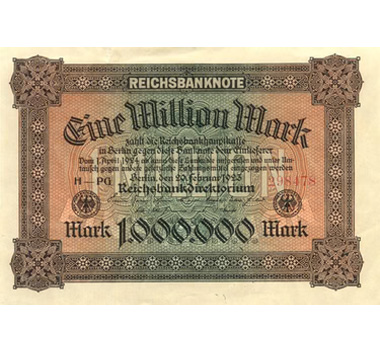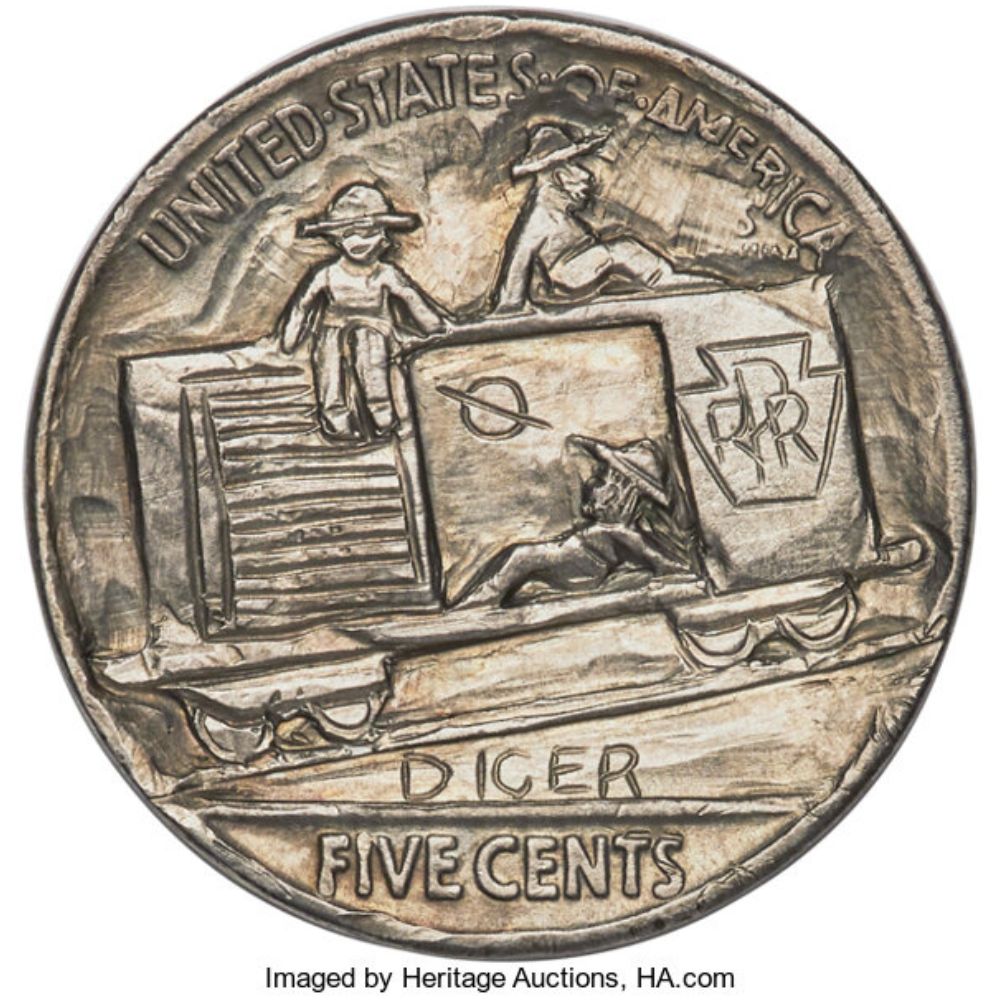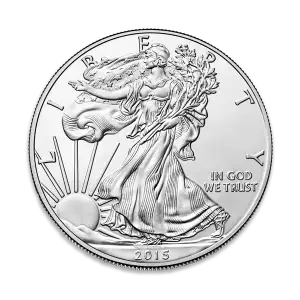
When one recalls nations and times riddled with hyperinflation, one of the first that comes to mind is Germany during the days of the Weimar Republic. There were several factors that contributed to the state of hyperinflation. One reason was the harsh sanctions implemented by the Allies after World War I; another was the instability of the Weimar government. While these were the main causes, there were multiple smaller causes that contributed and even played a large role in the hyperinflation of the German economy.
The Weimar Republic was unstable and born after a series of small revolutions sprung up throughout the nation. Beginning with mutiny at Keil, a naval base, in late 1918. The dissent amongst German citizens, exacerbated by poor military leadership, grew so strong that Kaiser Wilhelm II abdicated within a week of the uprising in Keil. That same day, November 9, 1918, one revolutionary proclaims Germany a federal republic while another simultaneously proclaims it a Soviet republic. Eventually a single government for Germany is agreed upon, but not after leaders made agreements with military leaders giving them almost complete autonomy within the German Weimar Republic. Thus, leaving the actual government of the Weimar Republic to have no actual authority over the citizenry, economy, or military.
As a result of World War I, and the signing of The Treaty of Versailles was detested by most Germans. It was viewed as anti-German and draconian overall. Especially the exorbitant sum of money that Germany needed to pay for reparations. Germany was required to pay approximately $32 billion in reparations. This was one of the leading causes of the hyperinflation of the 1920’s. Some Allied nations sought lesser reparations be implemented on Germany, but France, having the largest claim to reparations, suffered greatly during the war and wanted Germany to experience the same impact that they were forced to experience. France also required that their reparations be paid in gold which further crippled the already-struggling Weimar economy. The Treaty contained other clauses such as limiting German military and industrial growth and restricting territorial expansion. These sanctions further weakened the German currency. By 1923 Germany defaulted on their gold payments to France.
In January 1923, French troops moved into the industrial Ruhr region in Germany and ordered that all manufactured goods be sent to France in lieu of gold for reparations. The workers in the Ruhr went on strike and the Weimar government offered to pay wages to those workers for defending German sovereignty. This is where most of Germany’s hyperinflation originated. The French eventually left the Ruhr after the Dawes Plan of put into effect. This plan stated that America would loan money to Germany for its reparations.
After the Dawes Plan, Germany eliminated the Mark as a form of currency and instituted the Reichsmark whose value withheld throughout the Second World War. The hyperinflation, the unstable Weimar Republic, and the harsh measures of the Treaty of Versailles were all used as propaganda by Adolf Hitler as he was rising to power in 1933. The hyperinflation left many individuals destitute. During the hyperinflation, Germans would use currency as wallpaper as it was cheaper than purchasing it, they used the currency as fuel in their furnaces and even, evidently, as playing cards for the same reason.
Contributed by: Kolbe Bell







